 (Only news version available in english) This innovative radioguided cancer surgery technique uses beta radiation, i.e. electron emission, instead of gamma radiation, the photons now commonly used in radiotherapy. The study is presented in an article published in the January issue of The Journal of Nuclear Medicine. This type of surgery aims to identify tumour residues in order to allow complete resection in the operating theatre. By injecting a radioactive substance (radiopharmaceutical) that emits electrons, it is possible to identify very precisely the cancer cells, which the drug binds with preferentially and activates metabolism. During surgery, the technique makes it possible not only a precise removal of the tumour but also to verify suspicions concerning other tissues and to control any remaining tumour residues. The lesser penetrating power of electrons compared to photons brings the advantage of avoiding contamination of high-uptake healthy organs, in addition to significantly limiting the radioactivity absorbed by medical staff. Researchers are now waiting for final approval so that they can commence preclinical tests on samples harvested during meningioma surgery. The technique, for which a patent has been filed by PCT, is the result of a partnership between INFN, University of La Sapienza, Fermi Centre, Italian Institute of Technology (IIT), Neurological Institute Carlo Besta and European Institute of Oncology (IEO).
(Only news version available in english) This innovative radioguided cancer surgery technique uses beta radiation, i.e. electron emission, instead of gamma radiation, the photons now commonly used in radiotherapy. The study is presented in an article published in the January issue of The Journal of Nuclear Medicine. This type of surgery aims to identify tumour residues in order to allow complete resection in the operating theatre. By injecting a radioactive substance (radiopharmaceutical) that emits electrons, it is possible to identify very precisely the cancer cells, which the drug binds with preferentially and activates metabolism. During surgery, the technique makes it possible not only a precise removal of the tumour but also to verify suspicions concerning other tissues and to control any remaining tumour residues. The lesser penetrating power of electrons compared to photons brings the advantage of avoiding contamination of high-uptake healthy organs, in addition to significantly limiting the radioactivity absorbed by medical staff. Researchers are now waiting for final approval so that they can commence preclinical tests on samples harvested during meningioma surgery. The technique, for which a patent has been filed by PCT, is the result of a partnership between INFN, University of La Sapienza, Fermi Centre, Italian Institute of Technology (IIT), Neurological Institute Carlo Besta and European Institute of Oncology (IEO).
You might also be interested in
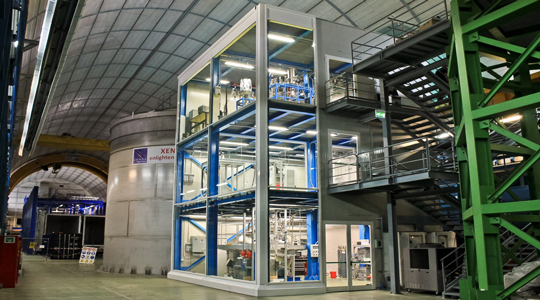
XENON100 IS CLOSING IN ON DARK MATTER
20 August 2015
Read more XENON100 IS CLOSING IN ON DARK MATTER
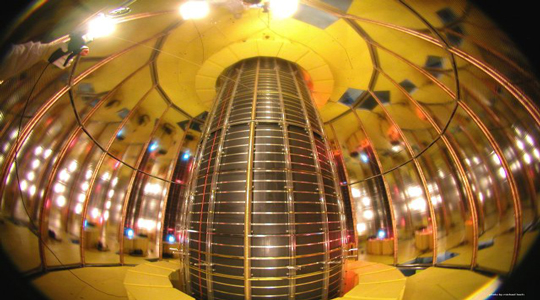
SAME MASS FOR NUCLEI OF MATTER AND ANTIMATTER
17 August 2015
Read more SAME MASS FOR NUCLEI OF MATTER AND ANTIMATTER
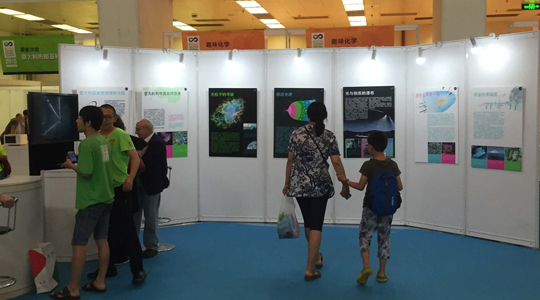
INFN AT THE CHINA SCIENCE FESTIVAL IN BEIJING
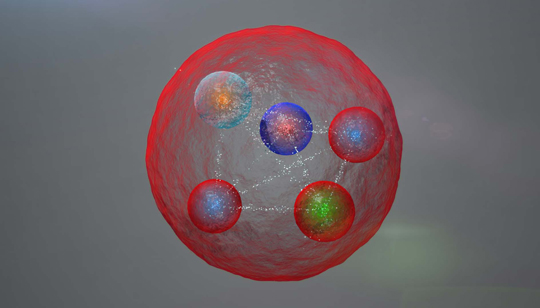
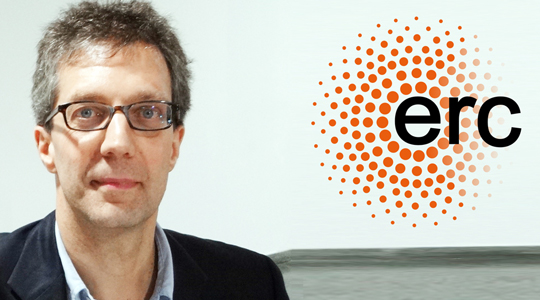
ULTRA FAST DETECTORS FOR PHOTOGRAPHING PARTICLES IN 4D
